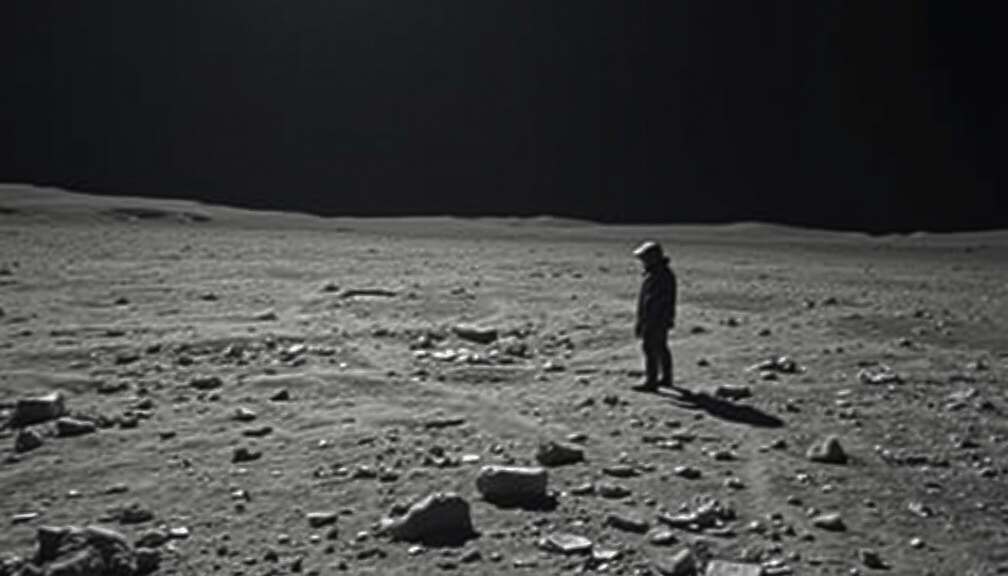Germany is poised to send an astronaut into lunar orbit, a commitment revealed by Research Minister Dorothee Bär (CSU) during a European Space Agency (ESA) ministerial council meeting in Bremen. While the precise timeline for this ambitious endeavor remains undefined, officials confirmed it will constitute a flyby mission, foregoing a lunar landing for the initial phase.
The announcement highlights Germany’s increasing involvement in NASA’s Artemis program, a collaborative effort aimed at returning humans to the Moon for the first time since the Apollo 17 mission in 1972. This marks a significant shift in European space exploration, signaling a renewed focus on deep-space travel. The initiative is lauded as a crucial step towards establishing a sustainable presence beyond Earth’s orbit.
Currently, the selection process for the German astronaut is underway, with veteran spacefarers Alexander Gerst and Matthias Maurer considered frontrunners. This injection of experienced personnel bolsters the mission’s potential for scientific and technological success.
However, the project is not without its complexities. Critics are questioning the disproportionate investment in lunar flyby missions, arguing that the substantial financial resources could be better allocated to addressing pressing terrestrial concerns, particularly in light of ongoing climate challenges and economic uncertainties. The significant funding commitment has also drawn scrutiny regarding Germany’s overall space strategy and its balance between symbolic gestures-like sending an astronaut-and prioritizing fundamental scientific research.
Furthermore, speculation surrounds the timeline for a potential lunar landing, currently projected for no earlier than 2027. Delays and technological hurdles remain a considerable risk, potentially pushing back the fulfillment of the Artemis program’s most ambitious goals. The success of Germany’s astronaut deployment will likely hinge on navigating these uncertainties and fostering continued international collaboration within the complex ecosystem of the Artemis project.












